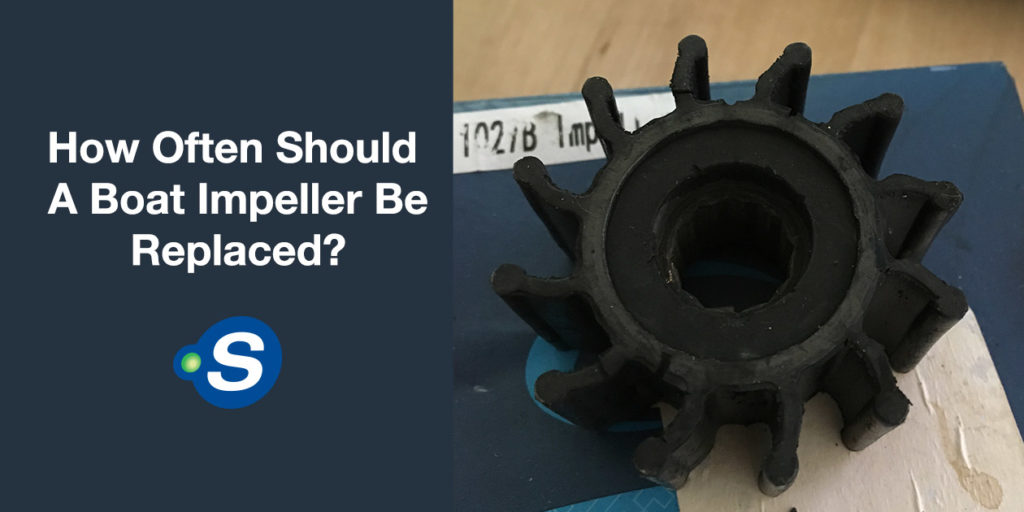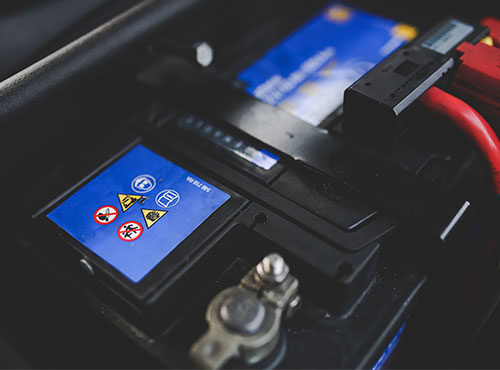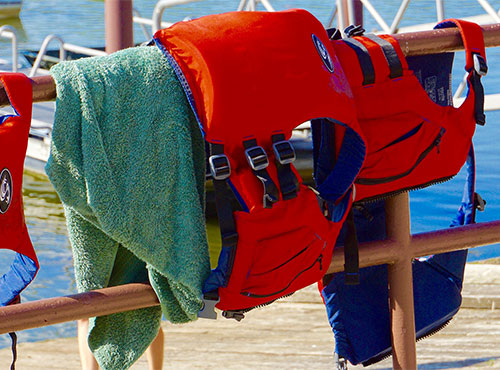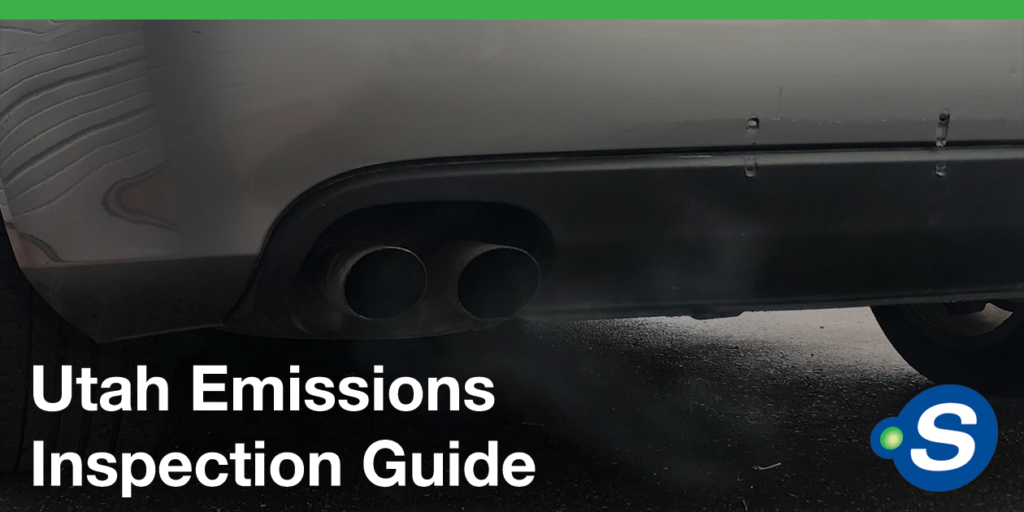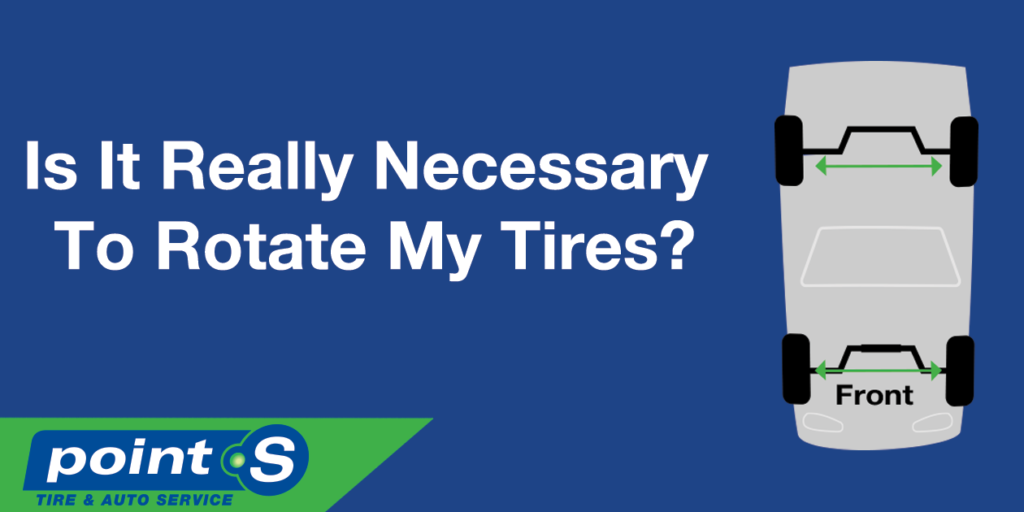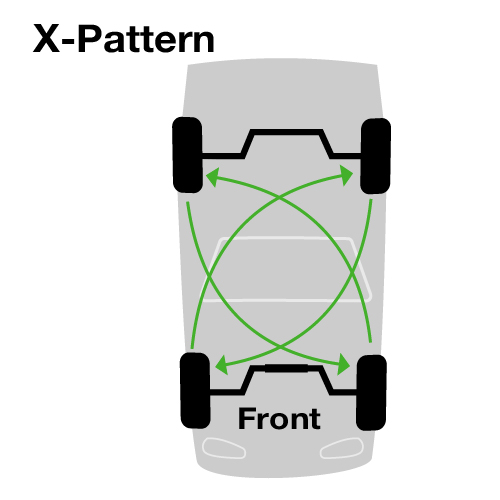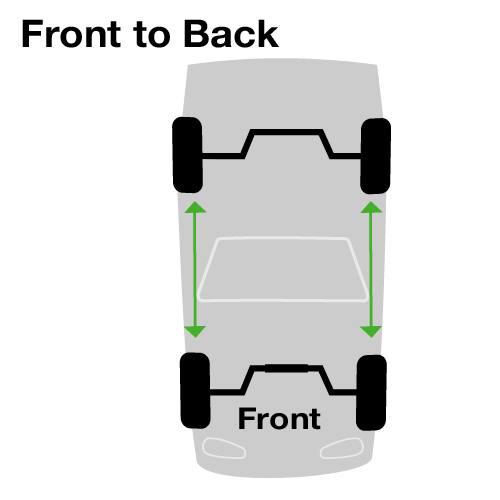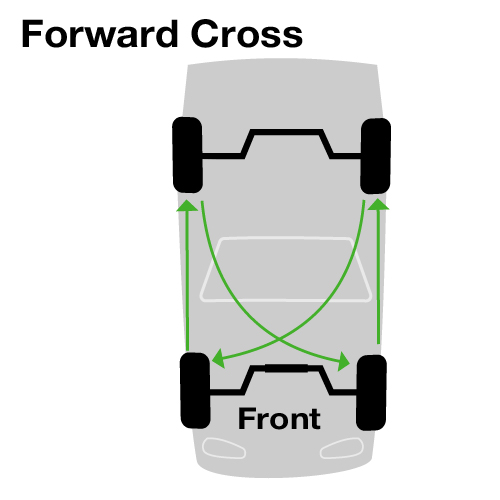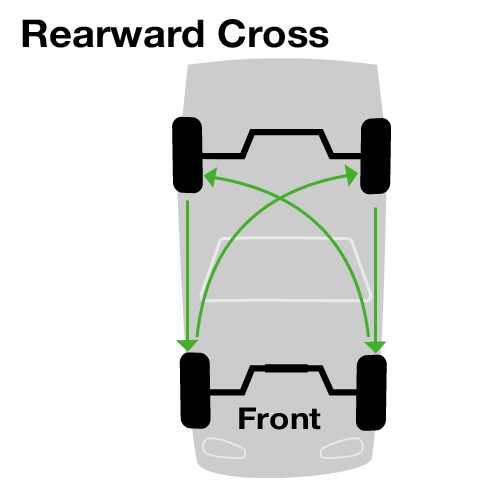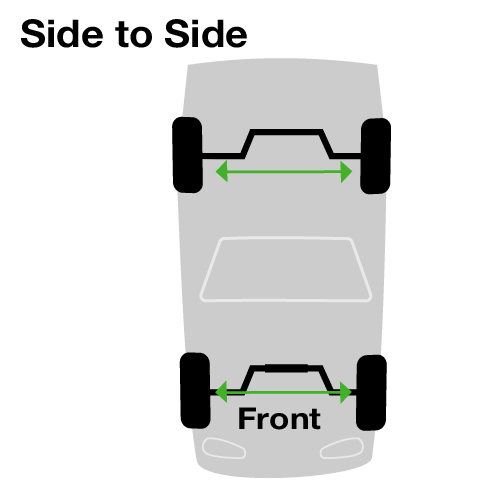You’ve been saving money since the spring, gotten time off from work approved, booked hotels, campsites, and tickets. Your summer road trip is coming up quickly. During preparation, it’s easy to overlook the most essential part of a road trip- the car! If you are about to leave for a big family vacation, it’s important to make sure your vehicle can get you where you need to go, and not break down in the middle of nowhere or an unknown city.
Here are nine things to check, change, and plan before heading out on a road trip this summer.
Oil change
If you are about to go on a long trip, get an oil change before you leave. Fresh oil protects your engine from damage, which is especially important when logging long hours and many miles on the highway. Getting an oil change is not expensive, and also provides you or your technician an opportunity to look under your car for any other issues before you hit the road.
Check tire pressure and tread depth
Having safe tires is extremely important no matter where you are driving. Getting a flat or having a tire blow out on the highway is not only dangerous to you and other drivers, but it will be a major (and expensive) headache while on vacation.
Walk around your car and take a look at the tires. Make sure the sidewalls are free from cracks, bulges, cuts. Next, make sure the tires have adequate tread. Tread depth can be tested with a quarter (the penny test is no longer the most reliable). Insert the quarter with Washington’s head facing down. If the top of his head shows, get new tires before leaving on your trip.

Lastly, check the pressure of each tire. You can do this with a tire pressure gauge from an auto parts store, and many air compressors at gas stations have gauges built into them. You can find the PSI rating for your tires on the doorjamb of the driver’s door or in your owner’s manual.
Check belts and hoses, and top off other fluids
In addition to fresh oil, making sure your coolant, transmission fluid, power steering, and brake fluid reservoirs are full. If you need to add fluid, make sure you get the factory-recommended product to ensure your car runs and drives correctly.
If you are unsure how to check fluid levels or top them off, have a technician do it for you. Newer vehicles can be confusing under the hood and sometimes it is not clear what fluid goes where.
When you have the hood up, inspect the drive belts. Many components, such as ac compressor and the water pump run off the drive belt. Look for cracking or other signs of wear. Drive belts should be replaced every 60,000 miles.
Make sure you’re A/C works
Nothing is worse than sitting in a hot car, and if you have hours of driving ahead of you, no air conditioning can make it unbearable. If your AC is not blowing as cold as it used to, schedule an appointment with a technician to get it serviced or recharged.

Check the brakes
Go for a drive with the windows down and pay attention to how the brake peddle feels, and any sounds you hear when pressing the peddle. If the peddle vibrates, feels soft or squishy, or you hear a grinding sound when you apply the brakes, bring your car to a certified technician to have them looked at.
Pack an emergency kit
Keeping an emergency kit in your car can help you out if you get stranded or another mishap occurs. Be sure to have basic first aid supplies, non-perishable food, water, a flashlight, jumper cables, basic tools, paper towels, and gloves.

Check or replace wiper blades and washer fluid
Before leaving, make sure your wiper blades work well and the washer fluid reservoir is topped off. If you hit inclement weather on your trip, you don’t want to be hindered by old wiper blades.
Make sure your battery is charged
A strong battery will ensure your car starts every time, and if you are camping and need electricity to charge your phone or use other appliances. Make sure the terminals are clean and free from corrosion and have a technician check the health of your battery.

Plan your destinations each day
Pick an end destination for each day of driving. Depending on where you are going, the stops along the way can be as fun as the final destination itself. Planning on an end destination each day you travel will also ensure you aren’t driving when you’re tired.
Planning a big trip? Bring your car or truck to Matson Point S!
Our team of trained technicians will get your car ready for the open road. We can perform all the services and inspections needed to ensure you won’t run into any trouble while you travel. Give us a call or schedule an appointment today!


